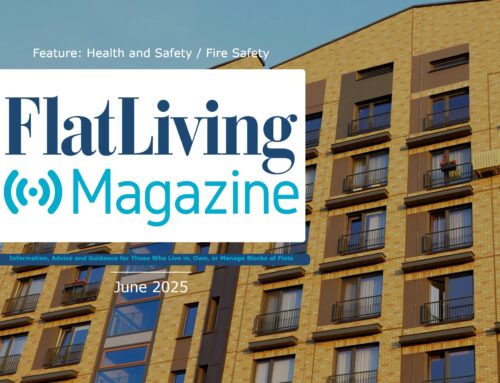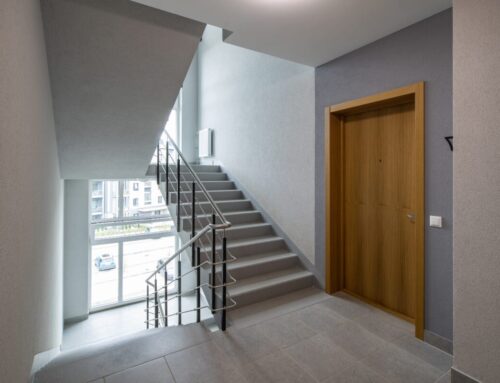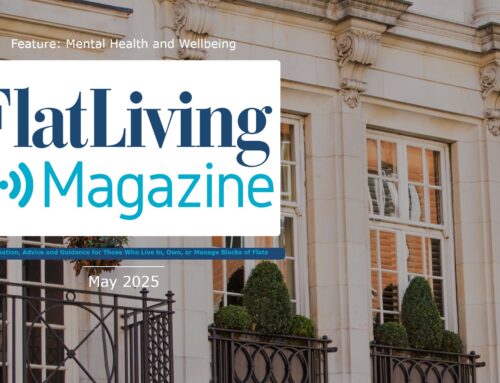Belinda Bagnall of Residentsline looks at the reasons behind the inflation of property insurance claims.
It’s no secret that prices are going up. From food basics to fuel to clothing; everyone is feeling the effects of inflation. Insurance companies are not immune to the situation either, and that unfortunately means that premiums are creeping up and up in many cases.
Here we’ll be explaining what is causing the price hikes as well as what you can do as a consumer to make sure you’re not paying over the odds.
What is Claims Inflation?
Put simply, claims inflation is how much the cost of a claim increases by, in relation to the increase in cost of associated materials, goods, and services.
At the moment, many factors are involved in driving costs up including Brexit, Covid, the Russian invasion of Ukraine and climate change to name a few.
Covid-Induced Supply Chain Disruption
The lockdowns, furlough scheme and self-isolation rules imposed due to Covid reduced manufacturing capacity across the board. The same rules also caused a huge boom in people diving into DIY, which meant more stress on the supply chain and a further increase in the cost of materials. The Government’s HS2 project is an additional stressor, and these supply chain issues are expected to continue into the summer of 2023.
The impact on claims inflation comes from delays in repairs caused by material and labour shortages, with escape of water claims being the most adversely affected.
Brexit
Brexit has had multiple effects, including supply chain disruption and a skills shortage. The new import/export rules and regulations have slowed movement of goods right down and even lead to some global suppliers avoiding distribution in the UK altogether. Many of the European lorry drivers that used to work in the UK have returned to their home countries or left to work elsewhere while others are unable to return to the UK due to changes in our immigration laws. Together, this means we have a dramatically reduced workforce in the distribution industry.
The new red tape and bureaucracy involved in immigration and the movement of goods, and the drop in the value of the pound against the euro have made the UK far less attractive to workers and manufacturers alike.
The effect of all this on the cost of claims can be summed up with some of the statistics found in the Monthly Statistics of Building Materials and Components Commentary, November 2021:
- The material price index for ‘All Work’ increased by 24.5% in October 2021 compared to October 2020 and by 1.0% compared to September 2021
- Imports of construction materials increased by €532 million in Q3 2021 compared to the previous quarter, an increase of 10.7%.
- The quarterly trade deficit widened by €567 million to €3,687 million in Q3 2021 compared to the previous quarter, an increase of 18.2%.
Labour Costs and Shortages
The UK employment rate has danced around 75% for the last year or so, meaning that vacancies often require higher salaries to be filled, a cost that is passed on to consumers. Employment costs have also increased since the minimum wage was increased in October 2021. The mass exit of large swathes of the workforce due to Brexit has also added to the issues. Delays to repairs due to lack of skilled labourers and materials, plus the cost of workers once found all contribute to claims inflation.
Climate Change and Technology
A marked increased in storms in conjunction with poor drainage infrastructure and increased surface water run-off issues due to modern construction techniques have led to more and more flooding in the UK. Renewable energy technology such as ground source heat pumps and solar panels etc are obviously a step forward for the planet but they pose new challenges in terms of construction and repairs.
Flood Re have estimated that flooding will increase by 25% (if the temperature rises by 2 degrees) to 80% (if the temperature rises by 4 degrees) by 2050. Flooding leads to huge claims and therefore contributes to the rise in costs and repairs to modern, eco-friendly buildings are expensive too.
So, What Can You Do?
Essentially, all you can do to ensure you’re not paying over the odds in this expensive climate, is to avoid under and over insurance. Step one should be to ensure that your Buildings Sum Insured is up to date and accurate by booking in a Reinstatement Cost Assessment.
This valuation is based on the complete destruction of the property and the assumption that it needs to be rebuilt from the ground up. It includes demolishing and clearing away any remaining structures before rebuilding with modern materials and professional labour.
According to reinstatement cost assessors, Barret Corp Harrington, your property should be re-valued at least every 3 years: “After a Reinstatement Cost Assessment, to ensure that your rebuild value remains correct and up to date, we recommend following the RICS best practice guidelines which state that a desk-based Major Review should be completed 2 to 3 years after the RCA.”
The reassessments will take into account any improvements or changes made to the property since the last valuation as well as the current costs involved in reinstatement.
Tip: Many people assume that if the cost of repairing their property falls below the sum insured that the full amount needed will be automatically paid. This is not the case. Pay-outs are based on the level of cover being sufficient to reinstate the whole property.
RMC directors should always check that the description of the property insured is accurate and includes cover for the outbuildings, gates, fences, underground pipes and cables that the RMC is responsible for insuring.
Also, most policies are index-linked to ensure the sums insured remain adequate – do confirm with your insurer that this is the case.
Step two is also of utmost importance – check your potential policy wording!
Policies are not all the same, and the company offering the cheapest deal may not be offering the same level of cover as a slightly more expensive option. That could mean the difference between your leaseholders being out of pocket in the worst-case scenario or being properly covered- the latter definitely makes the higher premium justifiable.
So, before you commit to a policy, check that it includes the following:
- “All Risks” cover (including subsidence)
- Employers Liability Insurance
- Public and Property Owners Liability cover
- Lessees’ fixtures and improvements
- Alternative Accommodation or Loss of Rent
- Loss or unauthorised use of Metered Utilities (Water)
- Cost of tracing leakage of oil or water
- Loss of or Damage to contents in communal areas
- Damage to underground Pipes and Cables
- Unrestricted cover on vacant or rented flats or apartments
- Machinery breakdown
- Damage to fixed glass, shower trays and sanitary fittings
- Storm damage to fences and gates
- Legal expenses
- Replacement of communal door locks following theft of keys
- Personal accident cover for voluntary workers
- Fidelity guarantee
Hopefully this guide has gone some way to explaining the difficulties faced by the sector, our clients and leaseholders across the UK. Insurers will be doing their best to provide the policies our clients require at a price that is affordable for residents- if you make sure you’re doing what you can to keep costs low, insurers can continue to work with you to keep things as affordable as possible.
Head to the Residentsline website for information on all of our products and services or, if you’d like to speak to one of our fantastic, specialist team, give us a call on 0800 281 235.




Leave A Comment